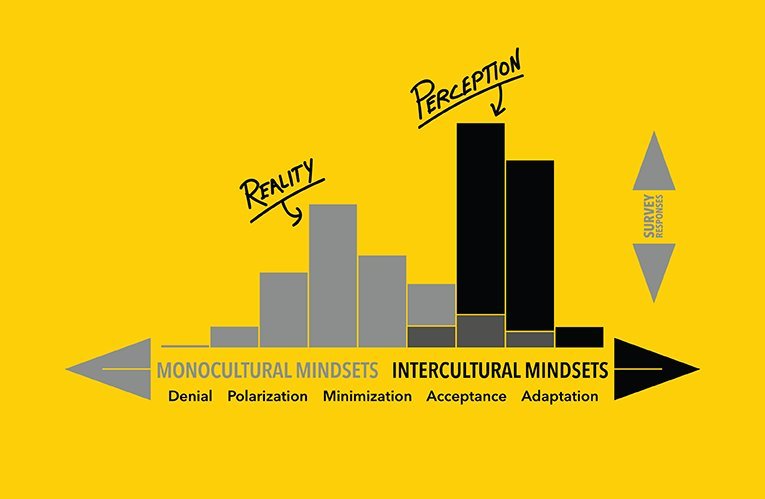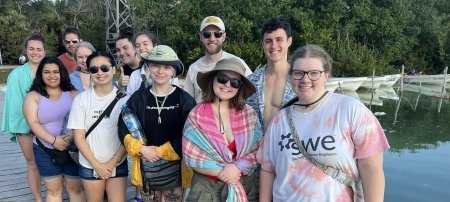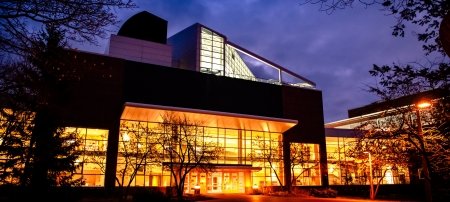Students are open minded—at least they like to think so. A team of engineers share what they've learned about student perspectives abroad in their guest blog.
The days are gone when an engineer only had to be good at math and science. As the world becomes more interconnected, engineers are now expected to be good communicators, have an understanding of how engineering solutions affect societies and the environment, and be able to function effectively on diverse teams in dynamic, and often global, settings. Fortunately for engineering students, many universities are addressing these needs by expanding service learning and community engagement programs, while at the same time, non-profit organizations such as Engineers Without Borders-USA and Engineers for a Sustainable World provide opportunities to work with communities to address infrastructure needs, frequently in international settings.
Developing the Global Engineer
While students often report international service learning and community engagement experiences to be “transformative” (giving instructors and program directors a warm-fuzzy feeling), assessing growth in intercultural awareness—or competency—can give those same instructors and directors a feeling more like heartburn.
With support from the National Science Foundation (NSF), and an ample supply of antacids, a group of faculty sought to explore the impacts of these experiences. One of the tools they selected was an objective measure of intercultural competency, or the ability to interact effectively with those who view the world differently, using a product called the Intercultural Development Inventory (IDI). The lead researcher on the project, Kurt Paterson of James Madison University, selected the IDI product, in part, because it provides an index of both the learner’s perceived intercultural competency and an objective measure of that competency.

Assessing Cultural Competency
The study tracked two large cohorts of engineering students, including 149 students at a mid-sized technological university and 120 students from five different universities in the US. All students in the first group were involved in one or more optional sustainable development programs, and they were tested once. The group from different institutions had a range of service experiences (from none to many) and were tested annually for three years.
The results of the tests were surprising in a couple ways. First, although students participating in service activities generally scored higher than those not participating, continued engagement did not translate into increasing IDI scores over time. Second, there was a surprisingly large gap between perceived and measured intercultural competence (see the figure). Chris Swan from Tufts University says, “While these results were unexpected, they clearly show that academia has work to do.”
The research team believes these results call for more focus on the design and implementation of service learning and community engagement experiences. In other words, just going is not knowing.
Moving Forward
David Watkins from Michigan Tech also points out what this means for community outcomes and the importance of local involvement in projects: “As external partners coming in, we are probably going to be pretty clueless at figuring out what is best for the community without a lot of input from them.”
Moving forward, the research team plans to test some alternative evaluation methods in the programs they run. Some work by others indicates that simple interventions in service learning courses can be effective, including in-class discussions with international students and participation in local cultural events. More effective educational programs will be critical as universities seek to develop engineers who excel in addressing the most urgent and persistent societal challenges from local and global contexts, complexities and interconnections.
Michigan Technological University is an R1 public research university founded in 1885 in Houghton, and is home to nearly 7,500 students from more than 60 countries around the world. Consistently ranked among the best universities in the country for return on investment, Michigan's flagship technological university offers more than 185 undergraduate and graduate degree programs in science and technology, engineering, computing, forestry, business, health professions, humanities, mathematics, social sciences, and the arts. The rural campus is situated just miles from Lake Superior in Michigan's Upper Peninsula, offering year-round opportunities for outdoor adventure.






Comments